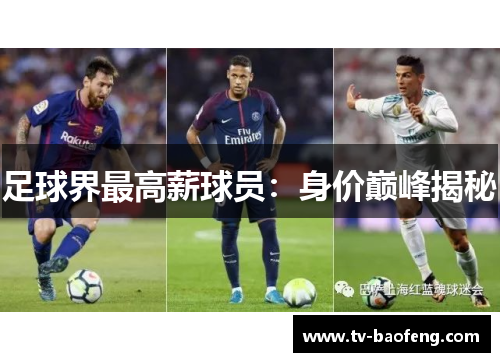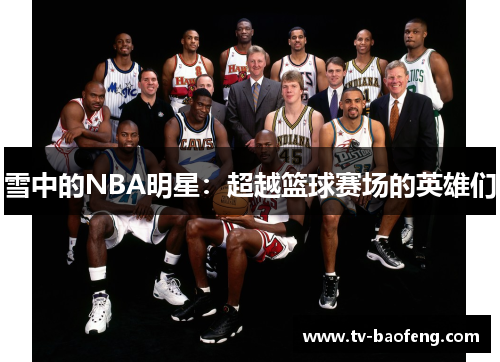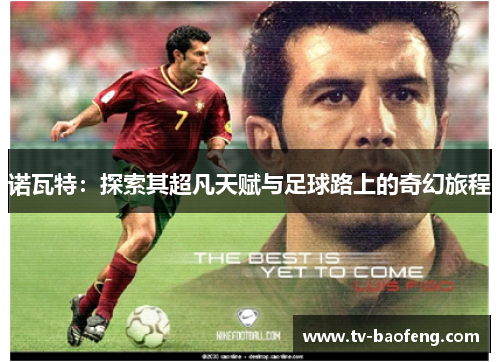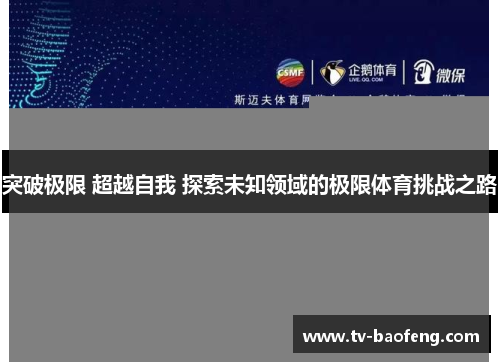Certainly! Here's the structured article on "Unveiling the Peak Salaries of Football's Highest-Paid Players":
**Article Summary:**
In the competitive world of football, the salaries of top players have reached unprecedented heights, reflecting both their skill and marketability. This article explores the factors contributing to these peak earnings, including endorsements, club revenues, global appeal, and the impact on the sport's economy.
---
**1、Market Forces at Play**
Football's highest-paid players are a product of intricate market dynamics. The interplay between club finances, sponsorship deals, and media rights dictates these staggering salaries. Clubs leverage star players to attract sponsors and expand their global fanbase.
暴风体育The rise in broadcasting revenues has also fueled salary inflation, with clubs competing fiercely to secure top talent. Additionally, endorsements from multinational corporations further augment player earnings, turning football into a lucrative business beyond the pitch.
As player salaries soar, debates on financial sustainability and equity within the sport intensify. Critics argue that inflated wages distort market values and deepen disparities among clubs.
**2、Global Appeal and Brand Value**
Player salaries correlate closely with their global appeal and brand value. Superstars like Lionel Messi and Cristiano Ronaldo transcend football, becoming cultural icons whose influence extends beyond sports.
These players command immense commercial value, endorsing products ranging from sportswear to luxury brands. Their social media reach amplifies their marketability, attracting brands seeking global visibility.
Their transfer fees and salaries reflect not only their on-field prowess but also their ability to generate revenue through merchandise sales, sponsorships, and media rights.
**3、Impact on Club Economics**
High player salaries exert profound effects on club economics. While star signings attract fans and enhance merchandise sales, they also strain club budgets.
Clubs must balance the allure of marquee signings with financial prudence to avoid debt accumulation. Financial fair play regulations attempt to curb excessive spending, promoting sustainable growth within the football industry.
Despite these challenges, top clubs continue to invest in elite players, viewing them as pivotal to on-field success and brand prestige.
**4、Economic Ripple Effects**
The economic impact of high player salaries extends beyond clubs to local economies and the broader sports industry.
Football tourism, driven by fans eager to watch star players in action, boosts hospitality and retail sectors in host cities. Broadcasting deals generate revenue streams for media companies, further elevating the sport's economic significance.
However, the concentration of wealth among top players and clubs raises questions about income distribution and financial sustainability within football.

**Conclusion:**
In conclusion, the salaries of football's highest-paid players epitomize the sport's evolution into a global entertainment juggernaut. Market forces, global appeal, club economics, and economic ripple effects collectively shape these earnings.
While player salaries reflect their value and marketability, they also spotlight challenges regarding financial equity and sustainability in football. Balancing economic growth with fair play remains crucial as the sport navigates its future.











